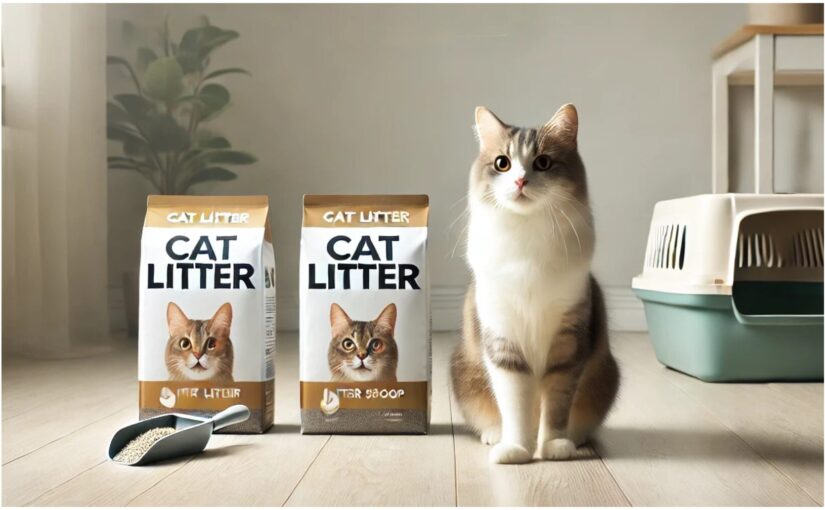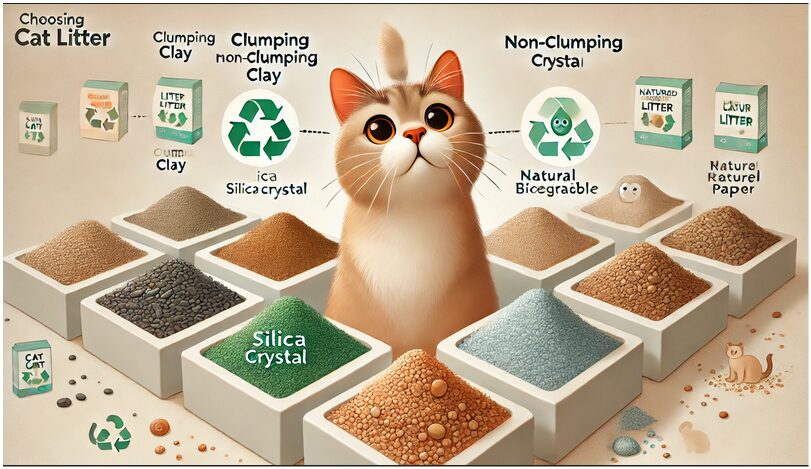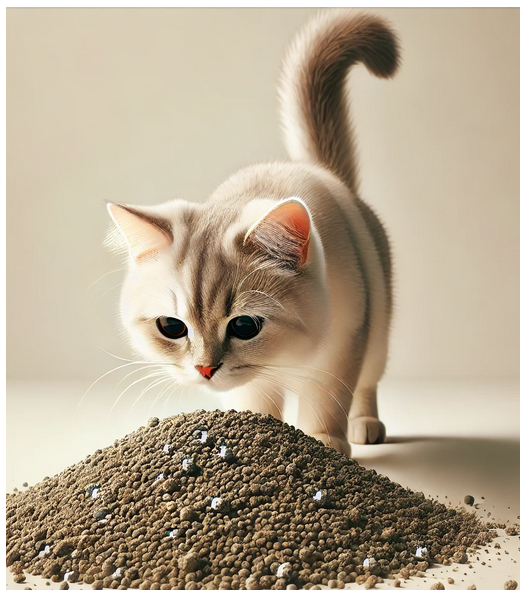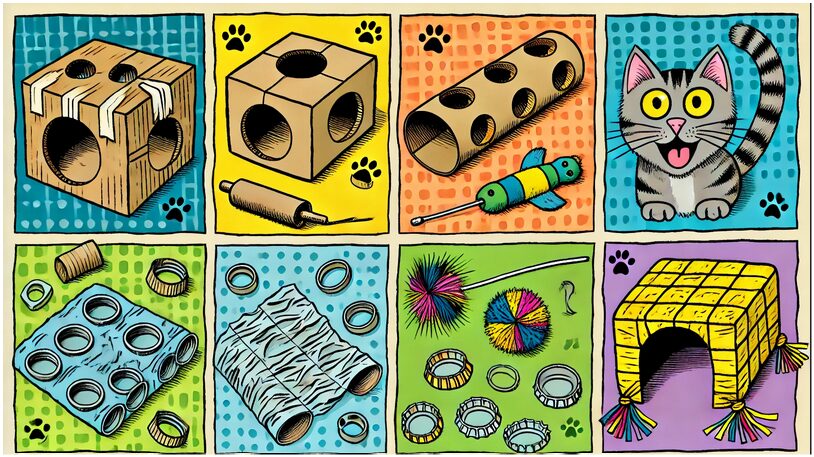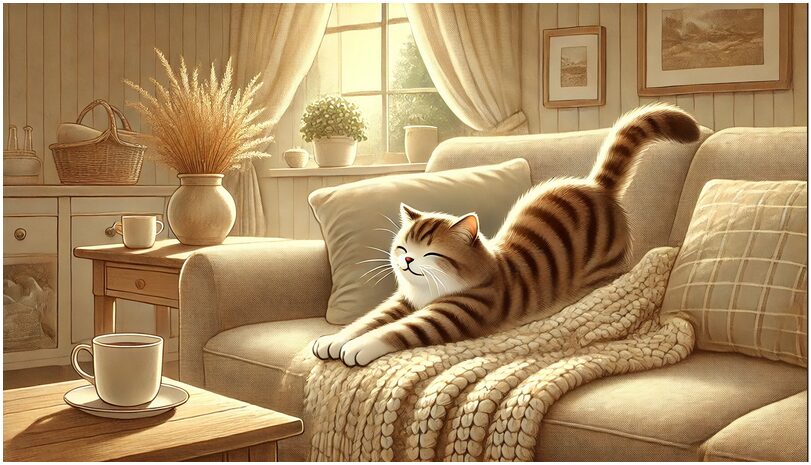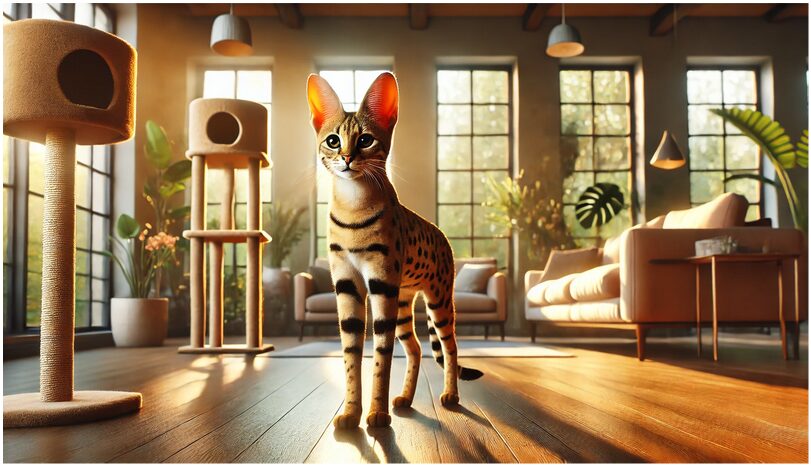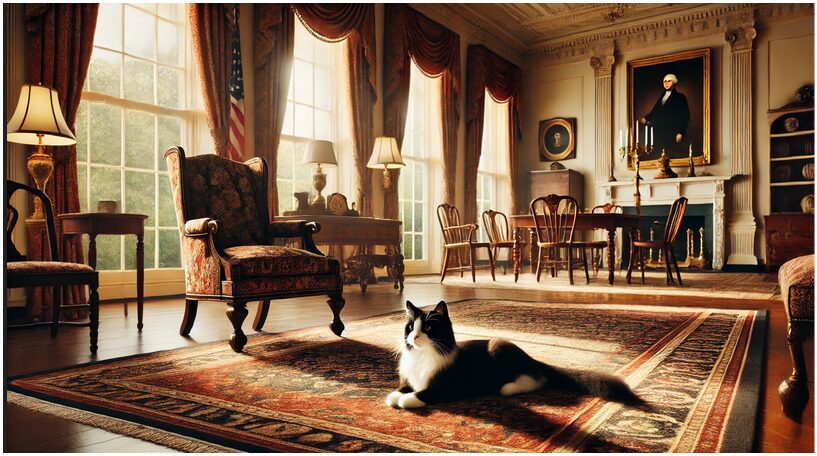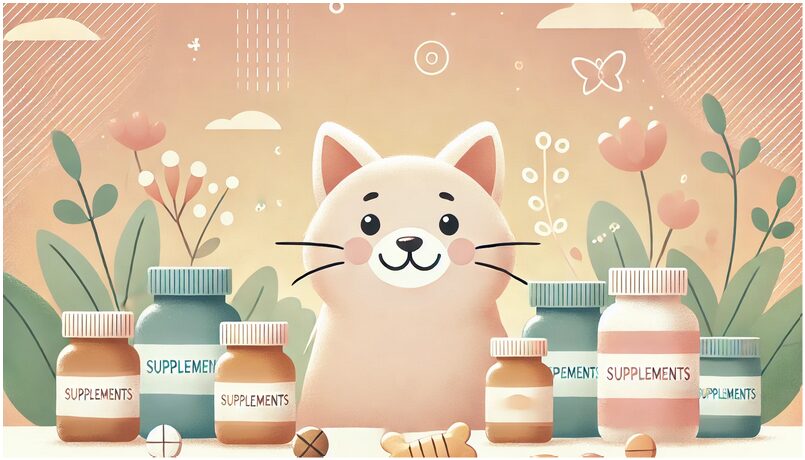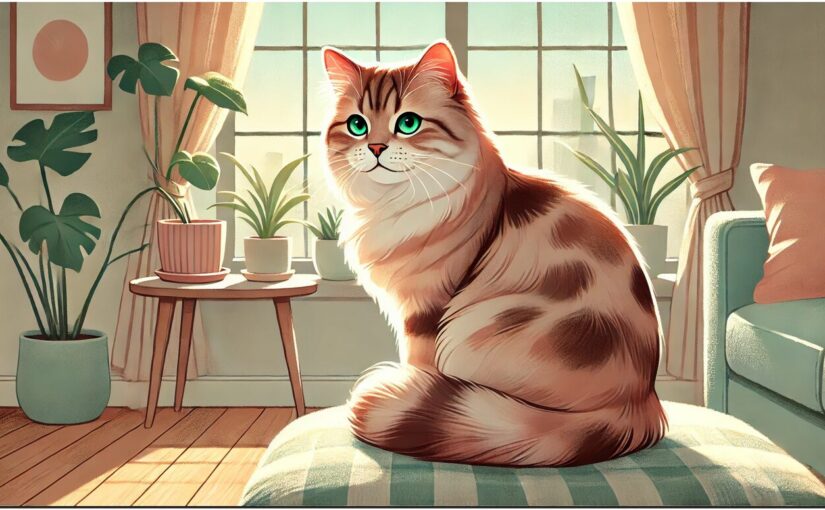Bringing a cat into your life is exciting! But before your new furry friend arrives, it’s essential to ensure your home is safe, comfortable, and fun for your feline companion. Cats are curious creatures, so setting up a cat friendly home takes more than just food, water, and a litter box. This guide will take you room by room to create a haven where your cat can thrive.
Living Room: The Heart of Your Home
The living room is often where you and your cat will spend the most time. Here’s how to make it a feline paradise:
Cat Trees and Scratching Posts
- Place a sturdy cat tree near a window to give your cat a perch for bird-watching.
- Add scratching posts made from sisal, carpet, or cardboard to satisfy their instinct to scratch.
Cozy Nooks
- Cats love cozy, hidden spaces. Add a covered cat bed or place a soft blanket inside a basket.
- Use furniture with built-in cat hideaways or consider DIYing a small nook under an unused table.
Safe Plants
- Decorate with cat-safe plants like spider plants, areca palms, or cat grass. Avoid toxic ones like lilies or pothos.
Kitchen: Food Central
Cats are creatures of habit and like a predictable mealtime routine. Here’s how to create a feeding area that works:
Feeding Station
- Use non-slip food and water dishes in a quiet corner of the kitchen.
- Consider a fountain-style water dish to encourage hydration.
Storage Solutions
- Store cat food and treats in airtight containers to keep them fresh.
- Keep cleaning supplies and potentially harmful items out of reach in cabinets with child-proof locks.
Cat-Proofing Tips
- Hide electrical cords and secure trash bins to prevent curious paws from exploring unsafe areas.
Bedroom: A Shared Sanctuary
Many cats enjoy sleeping near their humans. Make the bedroom inviting for both of you:
Dedicated Sleep Spots
- Place a heated cat bed or a plush blanket near your bed to provide an alternative sleeping area.
- Use a bench or low shelf to create a vertical sleeping perch if your cat prefers to sleep up high.
Curtains and Blinds
- Replace dangling cords with cordless blinds to prevent choking hazards.
- Use blackout curtains if your cat is sensitive to light during naps.
Bathroom: A Place for Hygiene and Play
Bathrooms can be surprisingly entertaining for cats, but they also hold potential dangers:
Safe Space for Grooming
- Set up a small basket with brushes, nail clippers, and pet wipes for easy grooming sessions.
- Store medications, razors, and cleaning supplies out of reach.
Bathtub Fun
- Some cats enjoy exploring a dry bathtub or playing with a dripping faucet. Supervise these activities to keep your cat safe.
Cat-Proof Toiletries
- Secure toilet lids to prevent accidents, especially with curious kittens.
Home Office: A Work-Friendly Cat Zone
If you work from home, your cat might become your favorite coworker! Here’s how to make your office cat-friendly:
Perches and Lounging Areas
- Add a small cat tree or window perch near your desk so your cat can hang out while you work.
- Use a soft cushion on a chair or a folded blanket for a cozy resting spot.
Cord Management
- Keep cords and cables organized using cord protectors or covers to prevent chewing.
Interactive Entertainment
- Rotate a few toys like balls or wands to keep your cat entertained during long work hours.
Laundry Room: The Litter Box Zone
The laundry room is often an ideal place for the litter box. Here’s how to set it up for success:
Litter Box Placement
- Place the litter box in a quiet, low-traffic corner.
- If you have multiple cats, offer one box per cat, plus one extra, and place them in different areas.
Odor Control
- Use clumping litter and clean the box daily to keep odors at bay.
- Consider a litter box enclosure to blend functionality with aesthetics.
Outdoor Space: Safe Adventures
If you have a backyard or balcony, you can make it a cat-friendly oasis:
Catio Options
- Build or purchase a catio (cat patio) to provide safe outdoor exploration.
- Include climbing shelves, ramps, and lounging platforms for enrichment.
Plant a Cat Garden
- Grow a small area with catnip, cat thyme, or wheatgrass to give your cat a sensory treat.
Safety First
- Ensure balconies and fences are escape-proof with netting or tall barriers.
Final Touches for a Cat-Friendly Home
- Enrichment Activities: Incorporate puzzle feeders, interactive toys, and DIY cardboard hideouts to keep your cat mentally stimulated.
- Vertical Space: Cats love climbing, so use wall-mounted shelves or climbing systems to create vertical pathways.
- Familiar Scents: Bring your cat’s favorite blanket or toy to each room to make it feel like home.
By following this room-by-room guide, you’ll create a space where your cat can thrive physically and emotionally. Whether you’re setting up for a new cat or revamping your home for an existing pet, these tips will help you achieve a truly cat-friendly home.
Your furry friend will thank you with purrs, headbutts, and endless affection!



